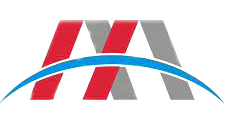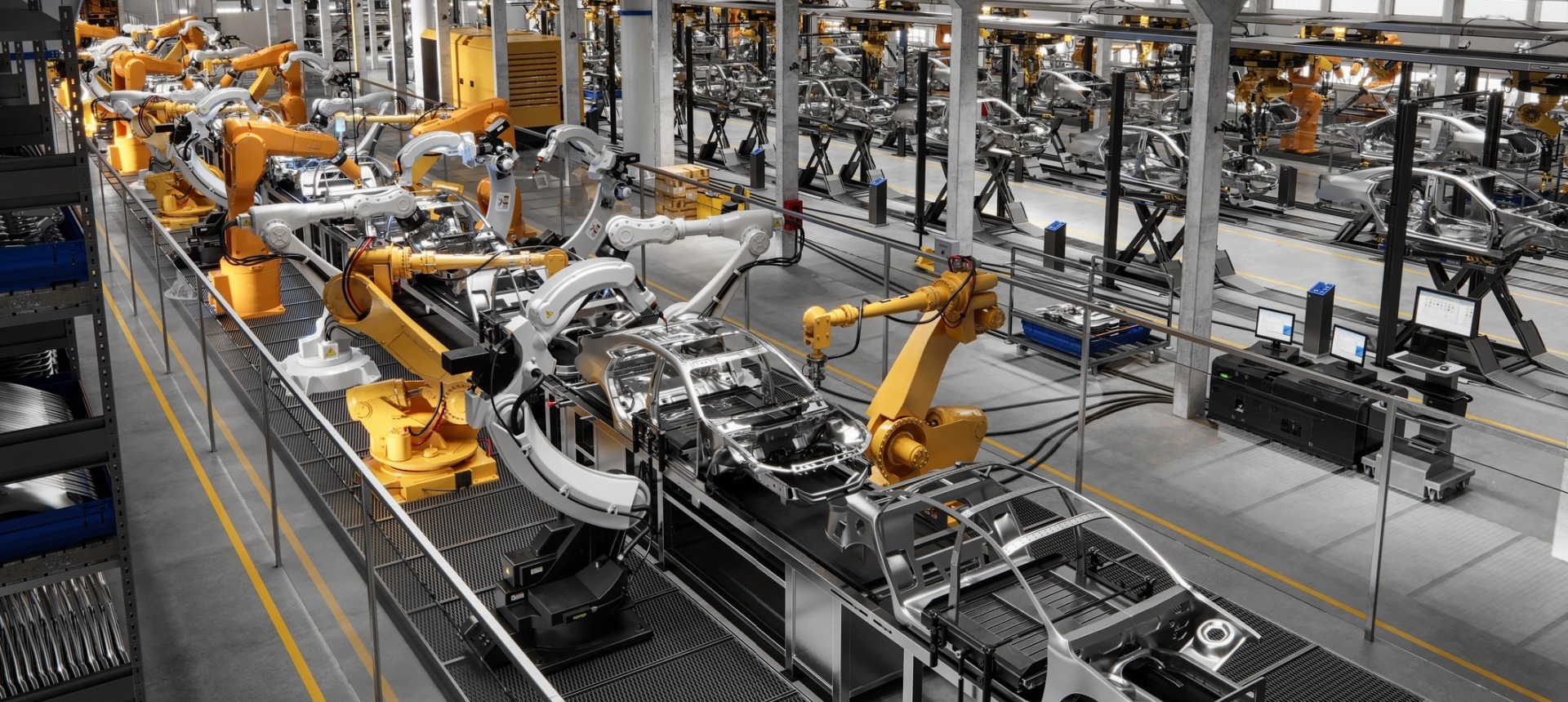SMT Manufacturing
Posted on 10th February 2022 at 15:16
Industry 4.0 – Really?
Much has been written and spoken about around Industry 4.0 (or the 4th Industrial Revolution) and what it is.
The premise begins with a reference to previous revolutions namely:
first industrial revolution - used steam and water to mechanise production
second industrial revolution - used electricity to enable mass production
third industrial revolution - used electronics and IT to automate production
There is however some confusion or misunderstanding on what exactly the 4th revolution is.
The issue really is that the fourth industrial revolution (Industry 4.0) or a succinct definition to enable to join the list above and summarised in a sentence.
The deeper you delve into what Industry 4.0 (I4.0), the more it becomes a conglomeration of disciplines, practices, and technologies.
For example, the third industrial revolution as referred to above is still the phase we are in, in the manufacturing process.
From what can be extracted from a deep dive into the subject is that I4 it can be argued is the third industrial revolution in its mature form, and ensuring effective, smooth, and cost-efficient manufacturing and production relying on the management of data as opposed to any standout differentiator to what is referred to in the third industrial revolution.
Expanding on this idea, is that the current common definitions revolve around connectivity (in-process systems) with manufacturing equipment committed to the production of whatever is being produced at a facility or facilities.
Connectivity however is not a novel concept, though invariably monitored (perhaps inconveniently) on various platforms during manufacture. Connectivity and the subsequent data collection and interpretation, it is submitted, is what is currently and rather ‘grandly’ referred to as the fourth industrial revolution.
Characterising this desire for a more holistic process and data management, is the search for a common software platform that can be ‘plugged’ into the manufacturing process and interpret data off a common protocol.
As one of the main concerns in this centralisation of data and system integration, is security; harmonising all outputs and downloaded data and common platform analysis smacks of an unnecessary creation of a monolith entity. In a diverse and complex modern manufacturing environment, this is not required ,as it in essence it is already being implemented on a proprietary basis at individual sites meeting those specific requirements for that site and its function.
Another angle that perhaps is misconstrued as being part of I4 is automation.
Automation has in essence always been a goal to achieve since the first industrial revolution up to the present.
It is submitted that perhaps what we are now striving to achieve is a leaner, more streamlined way of process and quality control, effective data handling thus ensuring the lean and cost-effective models of manufacturing are achieved. The ongoing modernisation we see today is perhaps the maturation of the third industrial revolution rather than a revolution in itself.
Are we not witnessing the maturation of the third industrial revolution as opposed to the dawn of a new revolution?
Perhaps this about evolution and not revolution.
For an interesting overview of the subject, please go to: Getting the most out of Industry 4.0 | McKinsey
Tagged as: SMT Manufacturing News
Share this post:


